We can’t quite see the leaves of this, as closely as we’d like, but based on the graceful shape of the branches, we believe it may be willowleaf cotoneaster, particularly the large leaf form.
Great drought tolerance and pretty red fruits that accentuate the glossy leaves well into winter make willowleaf cotoneaster a plant deserving more use as a groundcover or tall screen. A native of the Himalayas and western China, this typically evergreen plant has a spreading form with long, gently arching branches. In spring fragrant white flowers are borne in clusters that will develop into small, showy red berries. When cooler temperatures arrive in autumn, the green leaves change to an attractive reddish-purple and contrast the red berries that persist well into winter. Unusually cold winters or lack of a protective snowcover may cause partial leaf drop. Note that there is variation in mature plant height. The natural form of this species is tall and rounded, while many cultivars are significantly shorter and better utilized as smaller shrubs and groundcovers. Many cultivars exist to meet many needs of the gardener. ‘Scarlet Leader’ and ‘Repens’ are often available and are taller and very broad varieties, while ‘Gnom’ is a very short form and ‘Emerald Carpet’ has a much denser appearance.
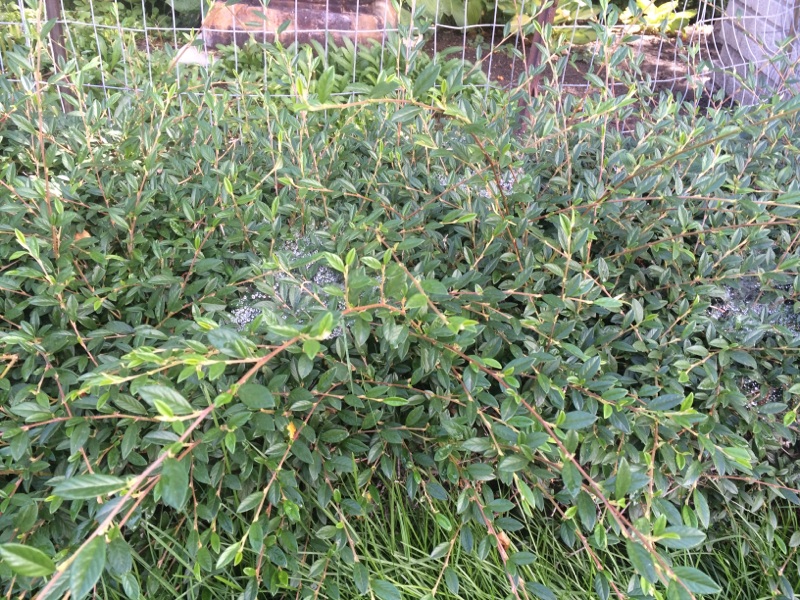
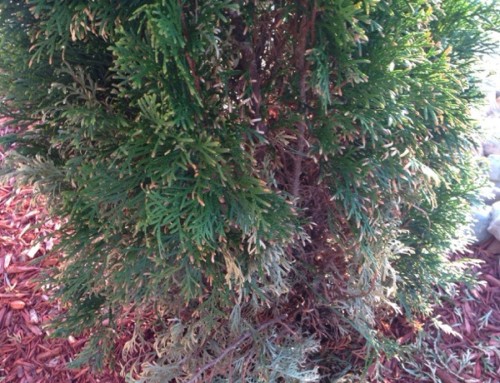
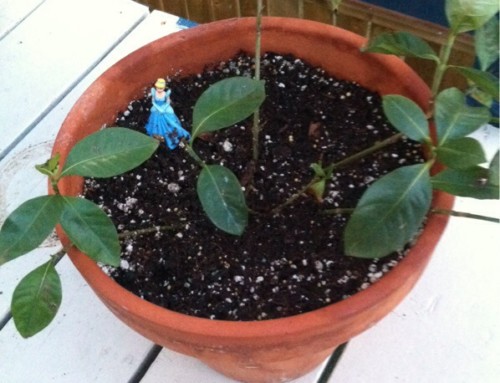
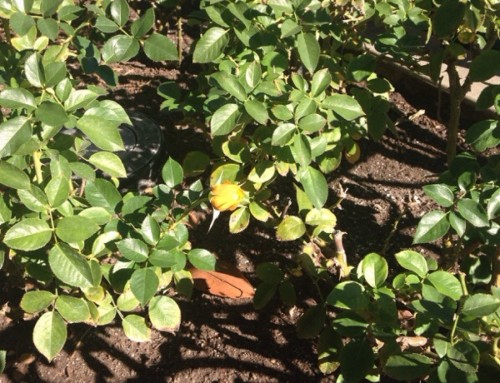

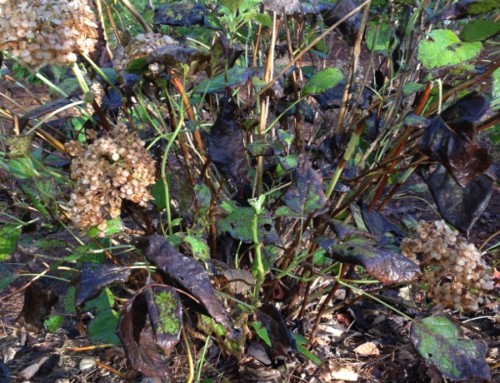
Leave A Comment